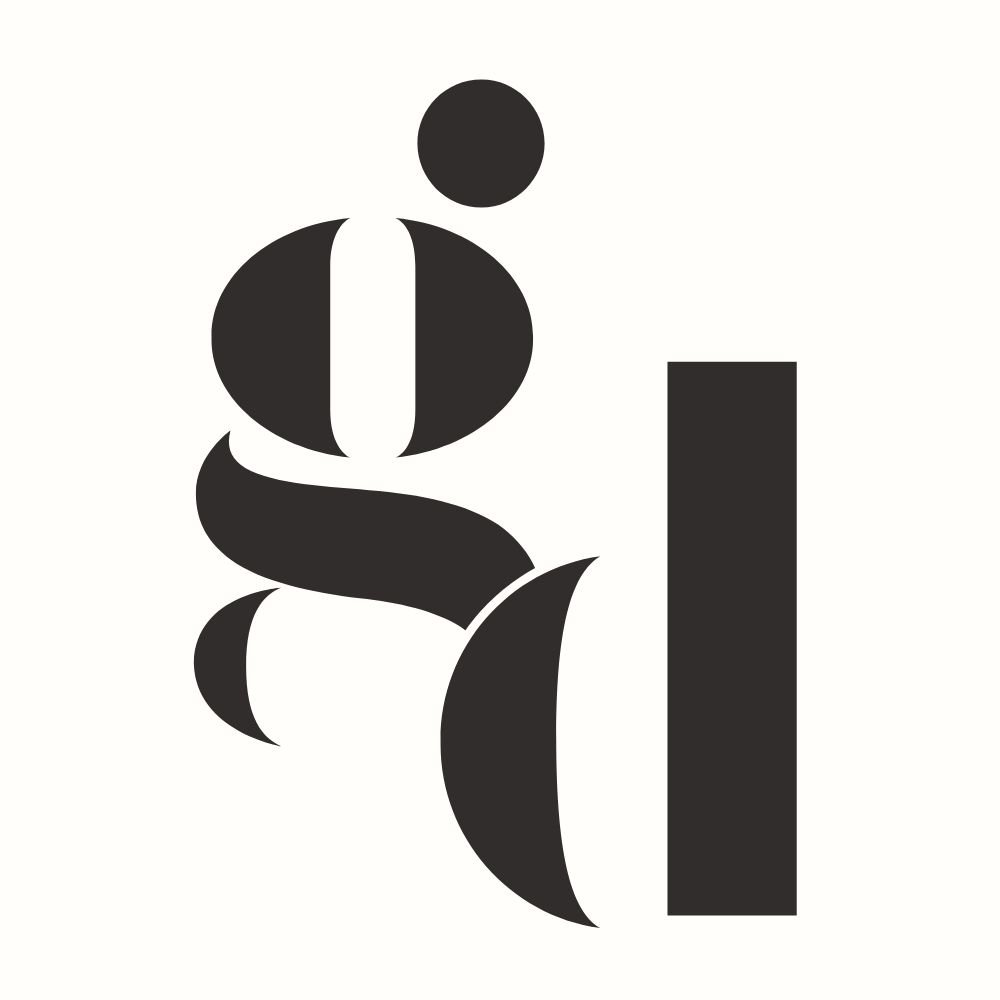Budgeting For Your Interior Design Project
Designing your dream space is an exciting venture, but it often comes with the question, "How much will it cost?" At Gem Design House, we understand that budgeting is a crucial aspect of your design journey. In this guide, we'll explore these factors, helping you gain a deeper understanding of what goes into the cost of interior design and how to create a realistic budget.
Materials Matter
One of the most significant contributors to your interior design budget is the materials you choose. High-end materials, such as exotic woods, rare stones, and custom fabrics, come at a premium. While they can elevate the aesthetics of your space, they can also significantly impact your budget. Conversely, opting for more affordable materials doesn't mean sacrificing style. Skilled designers can help you find cost-effective alternatives that maintain the desired look and feel.
Size and Scope of the Project
The size and scope of your design project play a significant role in determining its cost. Redesigning a single room is generally more budget-friendly than tackling an entire home. Additionally, complex projects that involve structural changes or custom-built elements may require more extensive resources. Understanding the scale of your project is essential in creating an accurate budget.
Professional Fees
Interior design professionals bring expertise and creativity to your project, but their services come with a fee. Designers typically charge based on various structures, such as hourly rates, flat fees, or a percentage of the project's total cost. It's crucial to discuss these fees upfront and ensure they align with your budget expectations. A well-chosen designer can often help you make cost-effective decisions, saving you money in the long run.
Timeline and Project Complexity
The timeline for your interior design project can also influence costs. Rushed projects may require additional resources and overtime, increasing expenses. Furthermore, projects with intricate design elements or unique customization can be more costly due to the additional time and craftsmanship involved.
Unexpected Costs
Lastly, it's wise to set aside a contingency fund for unexpected expenses. Interior design projects can encounter unforeseen challenges, such as hidden structural issues or supply chain delays. Having a financial cushion ensures you can address these surprises without compromising the project's quality.
Overall, budgeting for your interior design project requires a comprehensive understanding of the factors that affect costs. By carefully considering materials, project size, professional fees, timeline, and unexpected expenses, you can create a budget that not only meets your design aspirations but also keeps your financial goals on track. A skilled interior designer can be your trusted partner in navigating these budget considerations, helping you achieve the space of your dreams without breaking the bank.
Figure out your design budget quickly with our helpful tool below:
